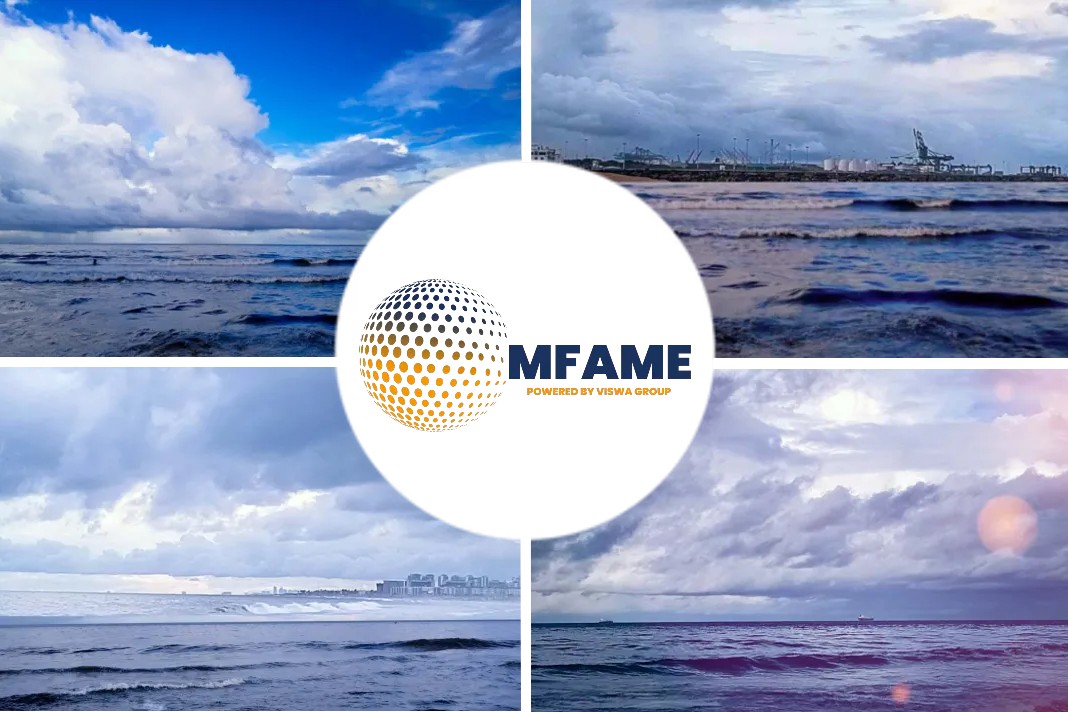- The carrier was unable to complete the delivery of its cargo on time after delays caused by mechanical problems, forcing PDVSA to replace its crew and seek new vessels capable of receiving the transferred cargo at sea, according to one of the sources.
- It’s a big gamble to make CIF voyages like this to sell sanctioned oil.
- The VLCC was reported near Singapore in late January after crossing the Lombok Strait in Indonesia.
According to three persons familiar with the situation, a US-sanctioned Venezuelan supertanker that has been having mechanical problems since January is moving its cargo of 2 million barrels of heavy crude to other vessels in Asia as reported by AU Times.
US trade sanctions
Very Large Crude Carrier (VLCC) Maximo Gorki departed Venezuela in November as part of an export drive to generate cash for cash-strapped state oil company Petroleos de Venezuela (PDVSA), which has been under US trade sanctions since 2019.
Ageing infrastructure issues, including lack of oil storage and vessels, frequent refinery shutdowns and congestion at export ports, are undermining PDVSA’s increased oil production, hampering efforts to boost revenue, according to company documents and sources.
The carrier was unable to complete the delivery of its cargo on time after delays caused by mechanical problems, forcing PDVSA to replace its crew and seek new vessels capable of receiving the transferred cargo at sea, according to one of the sources.
Its owner, the national maritime authority INEA, declined to comment.
A person familiar with the matter in Washington said US authorities were tracking the tanker, as they do with all sanctioned vessels, and knew it was in trouble and was seeking to transfer its cargo.
A big gamble
The Maximo Gorky’s heavy crude oil cargo was to be delivered to an undisclosed customer under a CIF agreement or cargo insurance contract that places most costs and liabilities on the seller PDVSA until the shipment arrives at its destination, another source said.
“It’s a big gamble to make CIF voyages like this to sell sanctioned oil.”
Vessels often fail to complete deliveries, mechanical problems can arise and crew wait months at sea in the meantime.
The VLCC was reported near Singapore in late January after crossing the Lombok Strait in Indonesia.
The US Treasury Department declined to comment.
Mechanical problems
The tanker twice failed ship-to-ship transfers, delaying the offloading of its cargo of Merey 16 crude oil.
“PDV Marina had to send a team to China to help replace the tanker’s crew after suffering mechanical problems,” one of the sources who declined to be identified said of PDVSA.
It was unclear whether he planned to transfer another part of his cargo before returning to Venezuela.
Claire Jungman, chief of staff of the US group United Against Nuclear Iran, which monitors the traffic of Iranian-linked tankers, said crude was transferred on February 19 from the Maximo Gorky to the Dream Vision during a transhipment operation east of Singapore or in the Riau Archipelago, citing tracking and satellite data.
The owner of the Dream Vision, listed in shipping databases as British Virgin Islands-based Leah Shipping Inc, could not be located for comment.
Did you subscribe to our newsletter?
It’s free! Click here to subscribe!
Source: AU Times



















